Brain tumors can occur at any age. They often develop silently, without specific symptoms, and usually only show symptoms when the tumor compresses components of the nervous system, especially when the tumor has formed a cyst that increases in volume, causing brain tissue edema around the tumor, increasing intracranial pressure. Common signs are prolonged and increasing headaches.
On January 18, Gia Dinh People's Hospital announced that it had successfully performed surgery on two patients with large brain tumors.
The first case is patient PHS (53 years old, residing in Ho Chi Minh City), admitted to the hospital in a state of lethargy, headache, dizziness and vomiting. CT scan results showed that the patient had a large tumor measuring 5x4x4cm located in the left cerebellum, with high density of blood vessels in the tumor, monitoring for cerebellar hemangioblastoma, narrowing of the fourth ventricle, and dilation of the ventricles.
Because the tumor is large in size with vascular cysts and a rich vascular system, it is very easy to have complications of massive bleeding during surgery, so the patient was consulted by an interdisciplinary team between the Neurosurgery Department and the Interventional Radiology Unit to have an appropriate treatment plan.
Doctors from the endovascular intervention unit (DSA) performed a procedure to partially block the blood vessels feeding the tumor for 2 hours the day before so that neurosurgeons could perform microsurgery to remove the tumor and decompress the cerebellum.
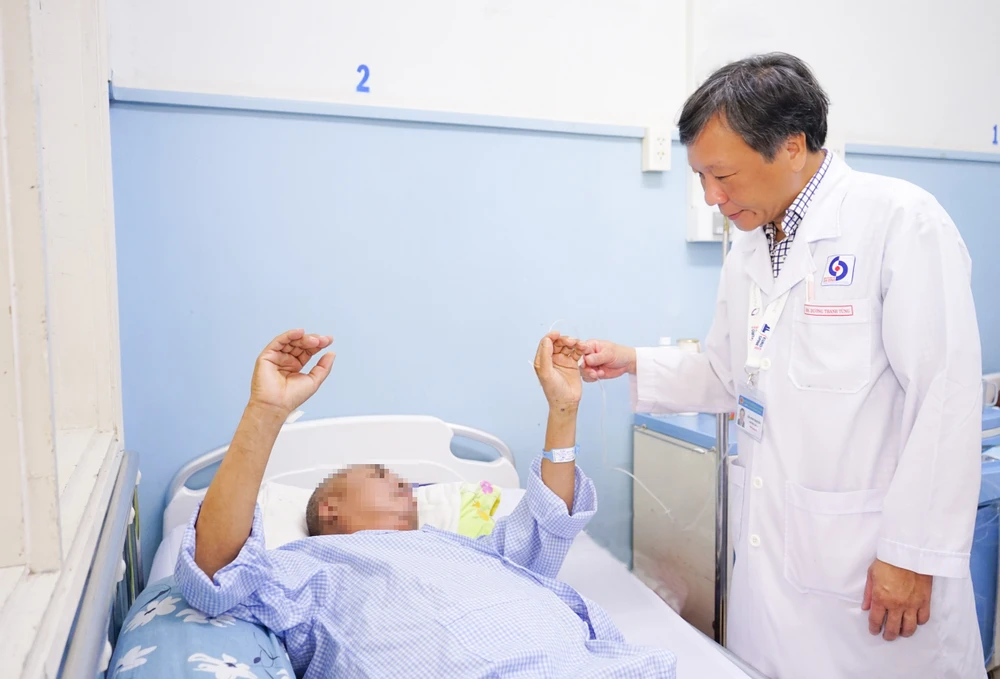
According to Dr. Duong Thanh Tung, Head of the Department of Neurosurgery, Gia Dinh People's Hospital, Hemangioblastoma is a vascular brain tumor, located in the narrow posterior fossa - cerebellum, with high blood vessel density, requiring the surgeon to perform meticulous and skillful surgery to dissect around the tumor, eliminate each branch of the artery that feeds the tumor and preserve the draining vein until the end of the surgery, and remove the entire tumor. At the same time, it is necessary to avoid maximum damage to the surrounding nerve structures to preserve the patient's function. This is a difficult surgery with a high rate of accidents, complications and sequelae.
The surgery required a surgical microscope, blood reserve, and proper coordination between neurosurgeons and anesthesiologists. The surgery lasted 8 hours, during which the doctors removed the tumor, controlled the blood vessels that fed the tumor, and completely removed the tumor, preserving the nerve structures around the tumor and there were no complications during the surgery.
The second case is a male patient named TQC (21 years old, residing in Ho Chi Minh City), who was admitted to the hospital with a headache, drowsiness, lethargy and gradually increasing weakness in his limbs for about a month. The patient was examined and diagnosed with a large meningioma measuring 10x9x7cm in the right hemisphere of the brain, severely compressing brain tissue, shifting the midline to the left by 22mm, causing brain tissue herniation through the cerebral acupoint and cerebellar tent, threatening his life. The tumor has a high blood vessel density and many blood supply sources. The patient underwent endovascular intervention (DSA) to embolize the blood vessels before surgery and had complete tumor resection surgery 1 day after embolization.
Dr. Duong Thanh Tung said that this case is a very large tumor, combined with cerebral edema causing severe brain compression, threatening brain herniation and death. Surgery is difficult and dangerous because cerebral edema combined with high blood vessel density can easily cause bleeding during surgery, making it difficult to stop bleeding. At the same time, surgery also has the risk of damaging vital nerve structures around the tumor. This is also a difficult surgery with a high rate of accidents and complications.
The 11-hour surgery removed the entire tumor and safely decompressed the brain. Currently, both patients are recovering well in the post-operative period. Both are conscious, responsive, and have recovered from neurological deficits, no longer have limb weakness, and are expected to be discharged in the next few days.
Brain tumors can occur at any age. They often develop silently, without specific symptoms, and usually only show symptoms when the tumor compresses components of the nervous system, especially when the tumor has formed a cyst that increases in volume, causing brain tissue edema around the tumor, increasing intracranial pressure. Common signs are prolonged and increasing headaches.
Doctors advise people not to be subjective about headaches. Because this is the cause of a number of dangerous diseases, including cranial nerve diseases. When headaches are prolonged and unusual, people need to go to specialized neurological hospitals to find the cause and receive timely treatment.
THANH SON
Source










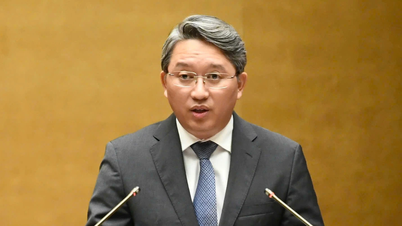
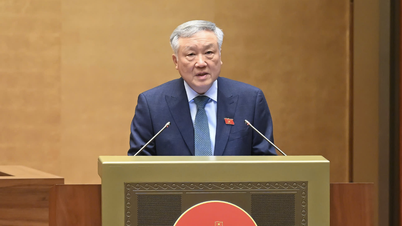

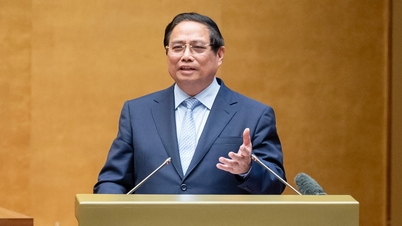


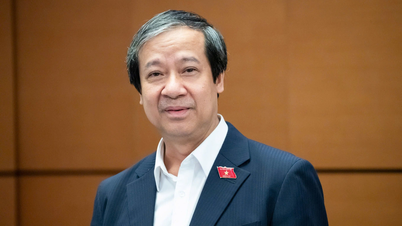








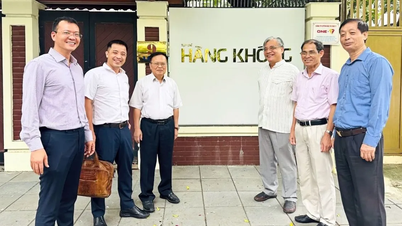


![[Photo] The 9th Congress of the Party Committee of the Office of the President, term 2025-2030](https://vphoto.vietnam.vn/thumb/1200x675/vietnam/resource/IMAGE/2025/6/20/78e7f27e8c4b4edc8859f09572409ad3)
























![[Maritime News] Wan Hai Lines invests $150 million to buy 48,000 containers](https://vphoto.vietnam.vn/thumb/402x226/vietnam/resource/IMAGE/2025/6/20/c945a62aff624b4bb5c25e67e9bcc1cb)













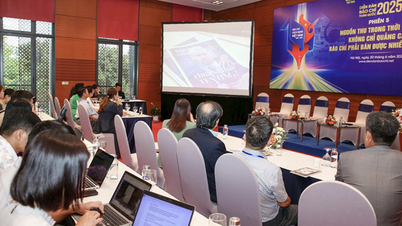















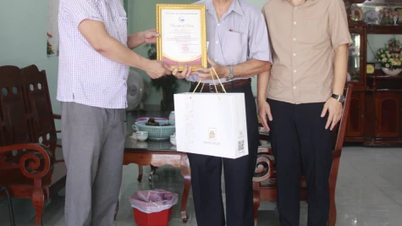















Comment (0)